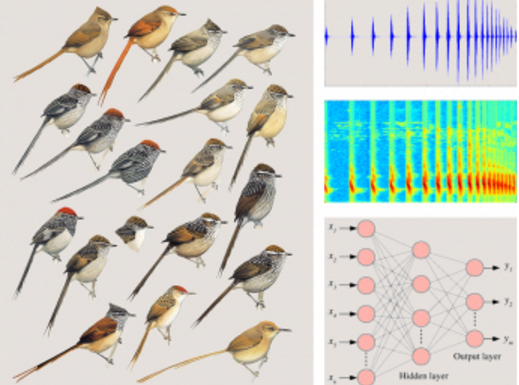Acoustic monitoring of chewing and intake in dairy cows
Accurate measurements of feeding behavior are essential for a reliable management and research of grazing ruminants. Monitoring grazing and rumination activities can indicate animals’ health and welfare, because ruminants have a daily chewing requirement to maintain a healthy rumen environment. In this application we propose novel methods to analyze and automatically recognize sound signals of chewing and biting in cows and sheep, including pasture species identification and dry matter intake estimation. These methods use appropriate acoustic representations and ad hoc statistical modeling for automatically segmenting and classifying acoustic ingestive behavior. Acoustic monitoring provides the most accurate quantification of chewing, and could be developed into a routine method to monitor animals like dairy cows, which are subject to the stresses of extremely high productivity.
Contact: Leonardo Giovanini, Leonardo Rufiner
Classification of calling bird species
Birds have been widely used to indicate biodiversity since they provide critical ecosystem services, respond quickly to changes, are relatively easy to detect and may reflect changes at lower trophic levels (e.g. insects, plants). Furthermore, vocalizations are the most noticeable manifestations of the presence of avian species in different habitats. Automatic classification of bird calls is important for achieving more exhaustive environmental monitoring and for managing natural resources. Vocalizations help to identify new species, their natural history and macrosystematic relations, while computer systems allow the bird recognition process to be sped up and improved. This makes possible to gather data in large and disjoint areas, which is essential for conducting reliable studies.
Contact: Marcelo Albornoz, Leandro Vignolo

